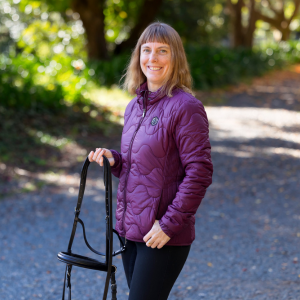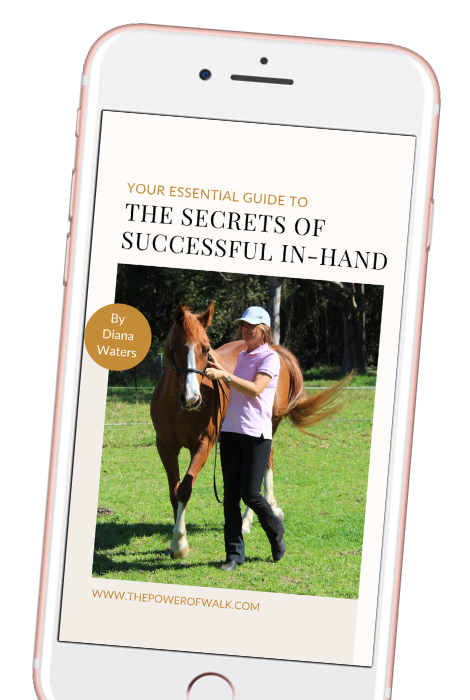
Cavesson or not? A conversation with my horse about lungeing tack
I do small amounts of lungeing from time to time interspersed with in-hand work, to allow the horse to release into trot or canter.Flicker told me in no uncertain terms that the Cavesson wasn’t working for her.I believe the two main issues are the weight of the lunge line and the direction of the force.The horse has to hold their share of the weight of the line, combined with air resistance when moving, and needs to lean against that force to stay in balance. The force acts on the front of the nose and pulls it inwards, so the horse is constantly having to counteract that force.The attachment in the centre of the nose causes a sensitive horse to turn the head in so that the nose is facing the handler, even if there is slack in the lunge line. I can imagine the centrifugal force working against the weight of the lungeline combined with the clip and rings would cause huge amounts of pressure on the poll as well as causing the horse to break alignment and lean the body, even on a loose rein. We see this in the first photo. All of the bend is coming from the furthest forward point of the horse’s face, whereas we want the bend to be felt equally down the horse’s body.Also, the clip hanging down the front of the horse’s nasal bone and often onto the muzzle is uncomfortable and irritating for a sensitive horse.I broke the problem down.First, I put her in a plain traditional webbing headcollar which fits well and doesn’t slip.I bought a set of draw reins (also saved a horse from being subjected to their intended use!!) - they are very thin and lightweight so less weight and less drag from air resistance, plus not too long, and so less bulk in my hands, for a subtle contact.I attached the reins to the side of the headcollar. This way, the horse can be asked to move slightly towards me without causing her to turn the face towards me, as the rein is already attached to the side of the face nearest to where I am standing when she is facing forward. I also attached the second rein to the same spot on the other side. Now she experiences even pressure on both sides of her face so that she isn’t pulled to one side. The weight of the reins is even on both sides when they are slack, and if she does bend the neck too much inward, I can ask her to straighten by loosening the inside rein and maintaining the outside.To begin with I had both reins attached to one another which felt wonderful as I could lunge one-handed. Then I realised this could be a safety issue if I accidentally let go or dropped the reins as she could get tangled. So now I have them unbuckled in the middle and one in each hand like long reining.I can move seamlessly between long rein, lunge and in-hand. I’m not using a roller partly because I wouldn’t be able to combine in-hand, and partly because I’ve noticed if the reins come into contact with the rings they impede release. Because the draw reins are so light, they don’t drag round and drop around a horse’s legs like webbing long reins do, so I don’t need the roller anyway.You can see in the second and third photo how her body is now upright and balanced.Flicker’s verdict: very happy with this set up!



